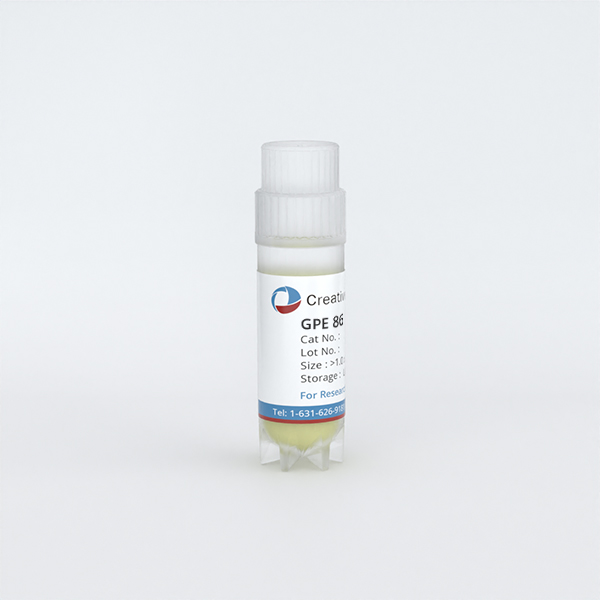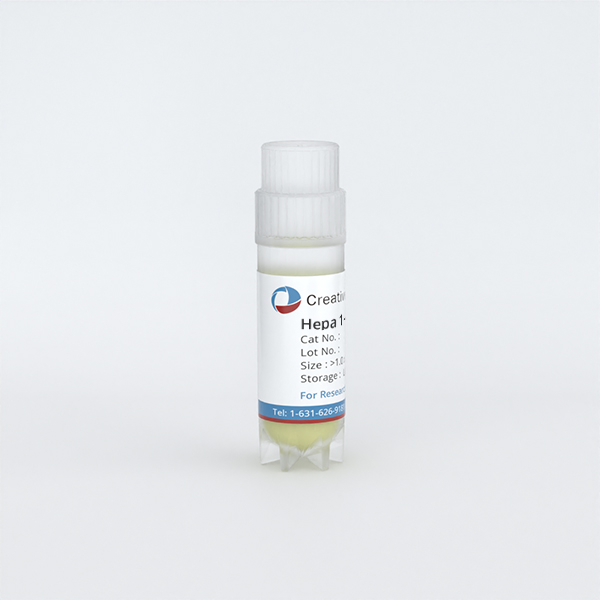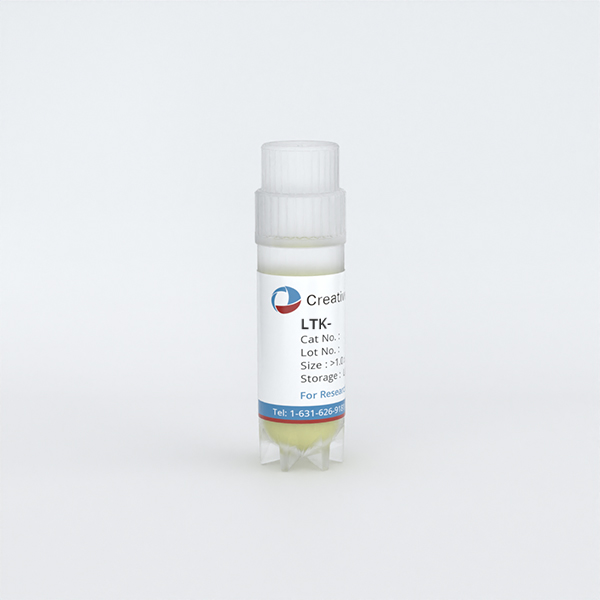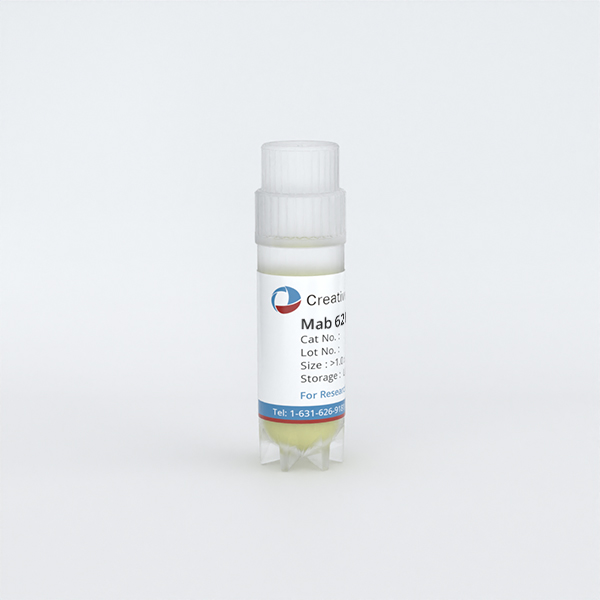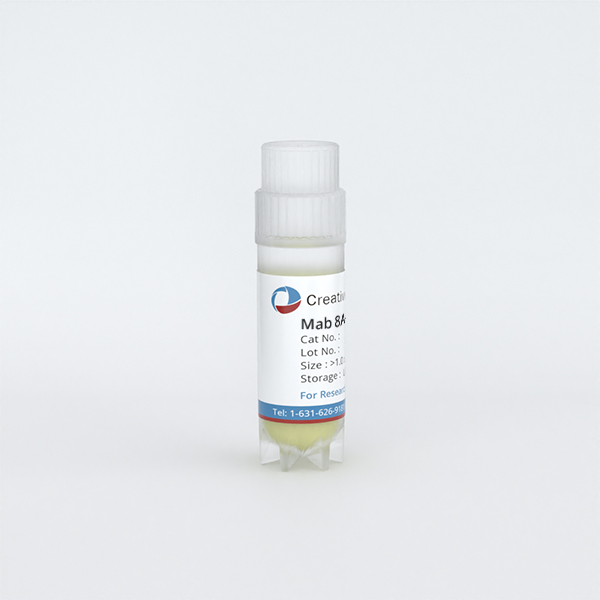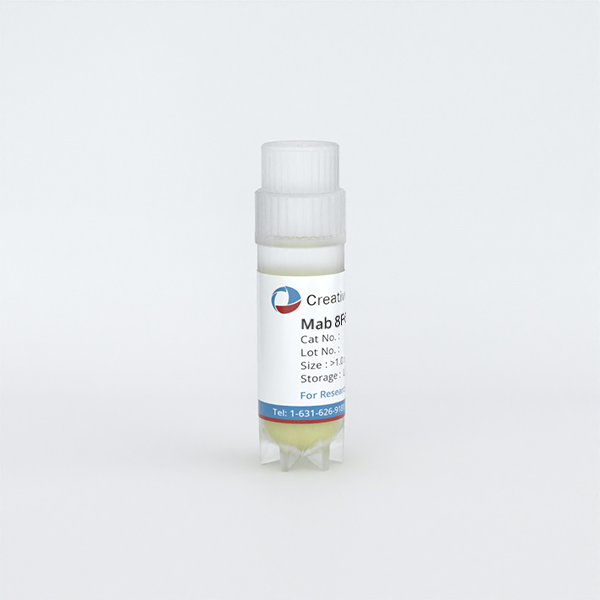Featured Products
Our Promise to You
Guaranteed product quality, expert customer support

ONLINE INQUIRY
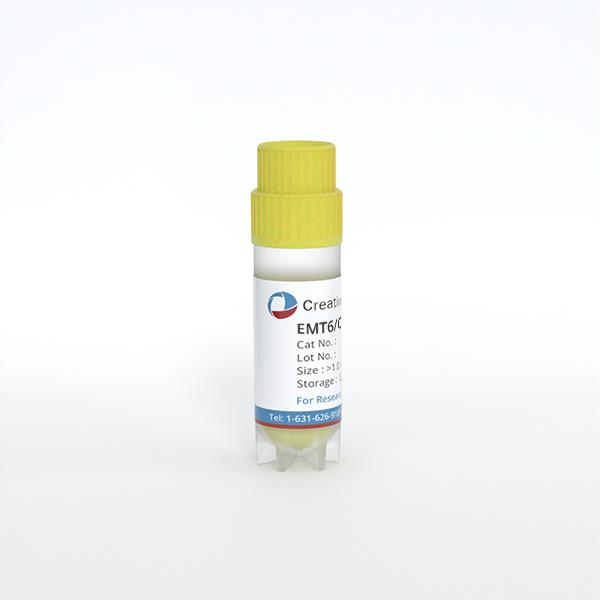
EMT6/CPR
Cat.No.: CSC-C9499J
Species: Mouse
Source: Breast
Morphology: Epithelial
Culture Properties: Adherent
- Specification
- Background
- Scientific Data
- Q & A
- Customer Review
Never can cryopreserved cells be kept at -20 °C.
The EMT6/CPR cell line is a significant offshoot derived from the murine mammary carcinoma cell line EMT6/P. This resistant variant was induced by continuous exposure to gradually increasing concentrations of cisplatin over six weeks in vitro. Compared to the sensitive parental cell line EMT6/P, EMT6/CPR exhibits a 2.5-fold resistance to cisplatin, making it an ideal model for studying mechanisms of tumor cell drug resistance and for developing strategies to overcome resistance. During the development of resistance, the levels of glutathione (GSH) within EMT6/CPR cells are significantly elevated. Glutathione is a crucial antioxidant, and its altered levels may be linked to enhanced detoxification of cisplatin, leading to resistance. Notably, when cultured for four weeks in a cisplatin-free environment, the resistant phenotype of EMT6/CPR cells gradually diminishes.
More detailed research on the EMT6/CPR cell line can allow us to better understand how tumor cells defy the cytotoxic effects of chemotherapies such as cisplatin by regulating intracellular physiological mechanisms, including the breakdown of glutathione, DNA repair and the function of drug efflux pumps. These experiments shed new light on the molecular mechanisms of tumor resistance. Despite being a resistant cell line, EMT6/CPR still has the most basic biological traits of tumor cells: infinite proliferation, invasion and metastasis. Thus, EMT6/CPR can be applied not only to the general biology of tumor cells, but also to the association between drug resistance and other tumor cell malignancies. This might enable more detailed insights into the intricate processes of tumor formation and development.
Melatonin Inhibits Cell Proliferation in Sensitive and Drug-Resistant Cell Lines
Multidrug resistance (MDR) in cancer cells arises from mechanisms like drug target modification and enhanced DNA repair. Melatonin has demonstrated potential in sensitizing resistant cancers to therapies, showing anticancer effects such as apoptosis induction and angiogenesis inhibition. The ketogenic diet shifts metabolism towards fat burning, producing ketone bodies for energy, and has shown potential in reducing tumor size and improving survival in various cancer models. Talib's team used sensitive (EMT6/P), cisplatin-resistant (EMT6/CPR), and vincristine-resistant (EMT6/VCR/R) breast cancer cells treated with melatonin and a ketogenic diet. To evaluate whether a combination of melatonin and a ketogenic diet can inhibit drug-resistant breast cancer by targeting diverse resistance mechanisms. Cell proliferation assay showed that, a dose-dependent response was noted in sensitive EMT6/P cells treated with melatonin, showing a survival of 33.6% at 5.5 mM concentration (Fig. 1). Similar trends were seen with cisplatin and vincristine, with vincristine showing higher sensitivity (Fig. 1A). In cisplatin-resistant (EMT6/CPR) cells, resistance to melatonin was evident, with survival increased to 51.7% at the same melatonin concentration (Fig. 1B), and higher resistance to cisplatin observed, with 87.1% survival at 2.5 µM cisplatin (Fig. 1B). Vincristine-resistant EMT6/VCR/R cells also showed higher resistance to melatonin, with 51.2% survival at 5.5 mM (Fig. 1C), and a significant resistance to vincristine, with 82.2% survival at 2.5 µM (Fig. 1A). IC50 and resistance index calculations indicated lower resistance in both EMT6/CP and EMT6/VCR/R lines to melatonin than standard chemotherapeutics, with an IC50 of 3.48 mM in sensitive cells, increasing in resistant lines with indices of 2.16 and 1.58.
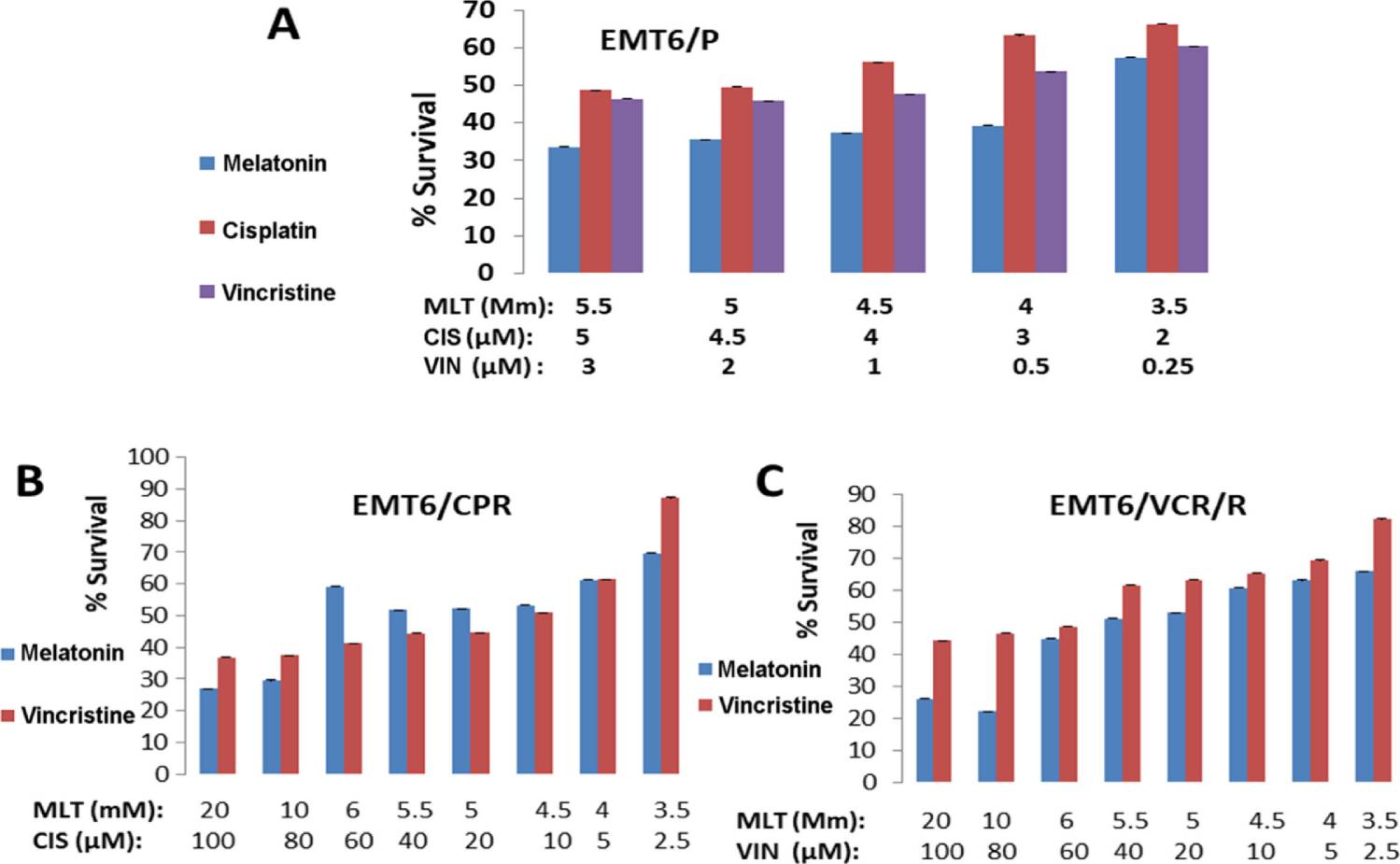 Fig. 1. Antiproliferative effect of melatonin on breast cancer cell lines (Talib WH, 2020).
Fig. 1. Antiproliferative effect of melatonin on breast cancer cell lines (Talib WH, 2020).
Antiproliferative Effect of WS Root Extract, Cisplatin, and Their Combination
Breast cancer remains a prominent health issue for women, with conventional treatments limited by high toxicity and low selectivity. Traditional therapies like cisplatin face resistance and severe side effects. As a response, researchers are exploring plant-based treatments like Ashwagandha (Withania somnifera, WS) and lifestyle changes such as intermittent fasting (IF). Jawarneh et al. evaluated a novel combination of WS root extract, IF, or cisplatin as a method to improve the efficacy of cisplatin in treating cisplatin-resistant breast cancer.
In the MTT assay, WSR extract, cisplatin, and their combination were tested for antiproliferative effects on cisplatin-sensitive (EMT6/P) and cisplatin-resistant (EMT6/CPR) cell lines. Single treatments showed concentration-dependent inhibition of cell growth compared to the vehicle control, with EMT6/CPR cells having higher survival than EMT6/P cells at equivalent doses (Fig. 2A and B). With varying WSR extract doses and a fixed cisplatin dose, the combination significantly reduced cell viability in a concentration-dependent manner (Fig. 2C and D). The CI analysis indicated a moderate synergistic effect of the combination treatment on EMT6/P and EMT6/CPR cells (CI = 0.78 and 0.76; Table 1). The IC50 values for WSR extract were 2.9 ± 0.18 mg/ml for EMT6/P and 3.8 ± 0.09 mg/ml for EMT6/CPR, with an RF of 1.31, highlighting that EMT6/CPR cells are more resistant. The IC50 of cisplatin was 20 ± 0.5 μM for EMT6/P and 54 ± 0.08 μM for EMT6/CPR, demonstrating that EMT6/CPR cells are 2.7 times more resistant. Hence, higher concentrations of WSR extract or cisplatin are required to eliminate 50% of EMT6/CPR cells. However, in combination treatments, IC50 values were lower: 0.54 ± 0.011 mg/ml WSR extract and 10 μM cisplatin for EMT6/P, and 0.66 ± 0.05 mg/ml WSR extract with 27 μM cisplatin for EMT6/CPR. EMT6/P cells were more responsive to the combination at lower doses compared to EMT6/CPR, reflecting the WSR extract's ability to sensitize resistant cells to cisplatin (RF of 1.22).
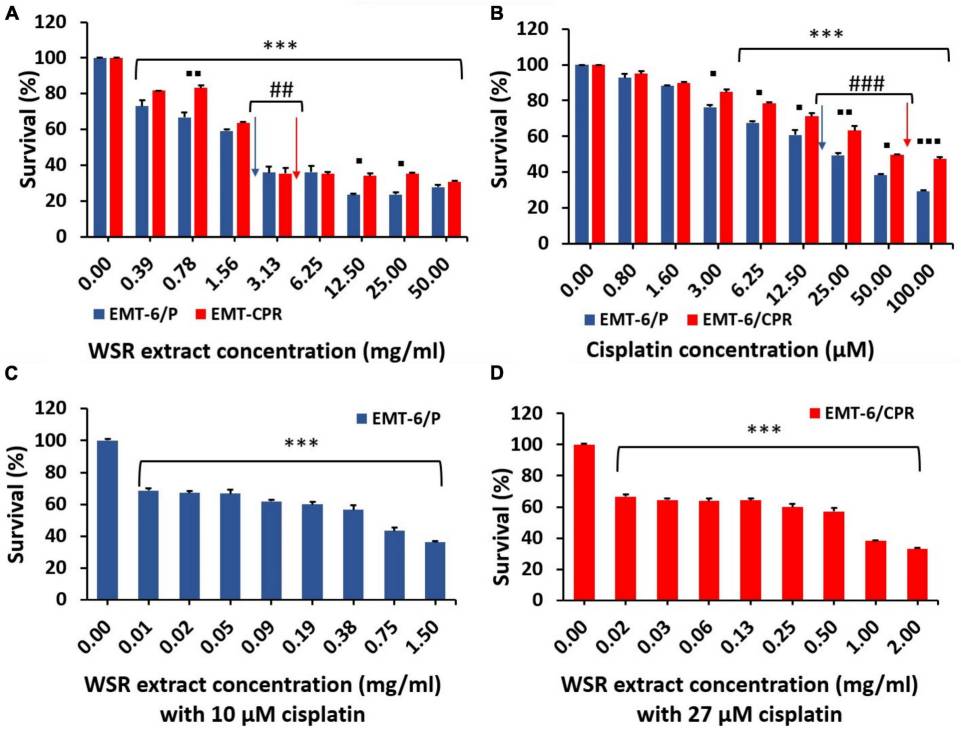 Fig. 2. Antiproliferative effect of WSR extract, cisplatin, and their combination against EMT6/P and EMT6/CPR cell lines (Jawarneh S, Talib WH, et al., 2022).
Fig. 2. Antiproliferative effect of WSR extract, cisplatin, and their combination against EMT6/P and EMT6/CPR cell lines (Jawarneh S, Talib WH, et al., 2022).
 Table. 1. IC50 values for the extract and cisplatin in cisplatin-sensitive (EMT6/P) and cisplatin-resistant (EMT6/CPR) cell lines along with the combination index, related interpretation, and resistance fold (Jawarneh S, Talib WH, et al., 2022).
Table. 1. IC50 values for the extract and cisplatin in cisplatin-sensitive (EMT6/P) and cisplatin-resistant (EMT6/CPR) cell lines along with the combination index, related interpretation, and resistance fold (Jawarneh S, Talib WH, et al., 2022).
Ask a Question
Write your own review

